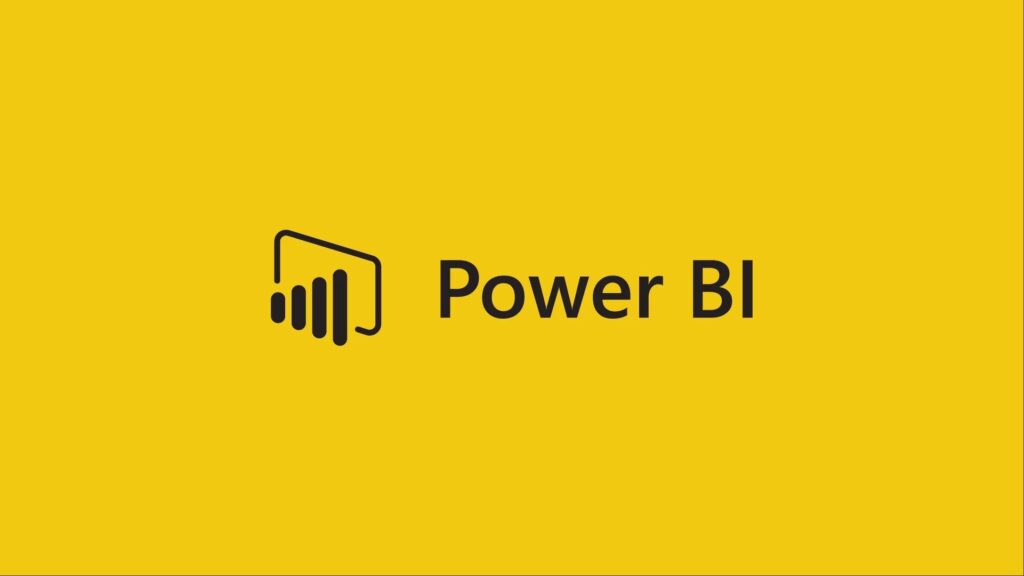Here is a list of all the Essential DAX Concepts for Power BI Interviews:
- Calculated Columns vs. Measures: Understand the difference between calculated columns and measures. Calculated columns are evaluated row by row at the data model level, while measures are evaluated based on the filter context within visuals.
- Filter Context: Grasp how filter context works in DAX. This involves understanding how filters are applied to data in Power BI reports, especially when using slicers, rows, and columns in visuals, and how they affect measures and calculated columns.
- Row Context: Learn about row context, which refers to the concept that DAX expressions are evaluated for each row of a table. This is crucial when creating calculated columns or when using functions like EARLIER().
- Aggregation Functions: Be proficient in using basic aggregation functions like SUM(), AVERAGE(), COUNT(), MIN(), and MAX() to aggregate data across multiple rows.
- Time Intelligence Functions: Master time intelligence functions such as TOTALYTD(), SAMEPERIODLASTYEAR(), DATEADD(), and PARALLELPERIOD() to analyze data across different time periods, including year-over-year or month-over-month comparisons.
- CALCULATE() Function: Understand how to use the CALCULATE() function to modify the filter context of a calculation. This is one of the most powerful DAX functions, allowing for complex calculations within specific filter contexts.
- ALL() Function: Learn how to use the ALL() function to remove filters and return all rows in a table or all values in a column, which is essential when creating measures like percentage of total or cumulative sums.
- RELATED() and RELATEDTABLE(): Understand how to use RELATED() to fetch related data from another table and RELATEDTABLE() to fetch related rows from another table, which is especially useful in star schema models.
- Context Transition: Know how context transition works, which happens when a row context is converted to a filter context, typically using CALCULATE() or FILTER() functions. This concept is key for understanding complex DAX calculations.
- Iterator Functions: Learn how iterator functions like SUMX(), AVERAGEX(), MAXX(), and MINX() work, which iterate over a table to perform row-by-row operations and then return a single value.
- Conditional Logic: Be familiar with conditional functions like IF(), SWITCH(), and IFERROR() to create logic-based measures and calculated columns. SWITCH() is particularly useful for replacing nested IF() statements.
- Virtual Tables: Understand how to create and manipulate virtual tables using functions like FILTER(), SUMMARIZE(), and ADDCOLUMNS(). These are not physical tables but are used within measures and calculated columns to perform complex operations.
- DAX Variables: Learn how to define and use variables in DAX to store intermediate results, which can make your code more readable and efficient. Variables are declared using the VAR keyword and are useful for complex expressions.
- Rank and Percentile Calculations: Master functions like RANKX() and PERCENTILEX.INC() to calculate ranks and percentiles within a dataset, which are often required in advanced analytics scenarios.
- LOOKUPVALUE(): Get comfortable with the LOOKUPVALUE() function, which allows you to search for a value in a table and return a corresponding value from another column, similar to a VLOOKUP in Excel.
- TOPN() Function: Learn how to use the TOPN() function to return the top N rows of a table based on specific criteria, useful for creating “Top 10” lists or similar rankings.






